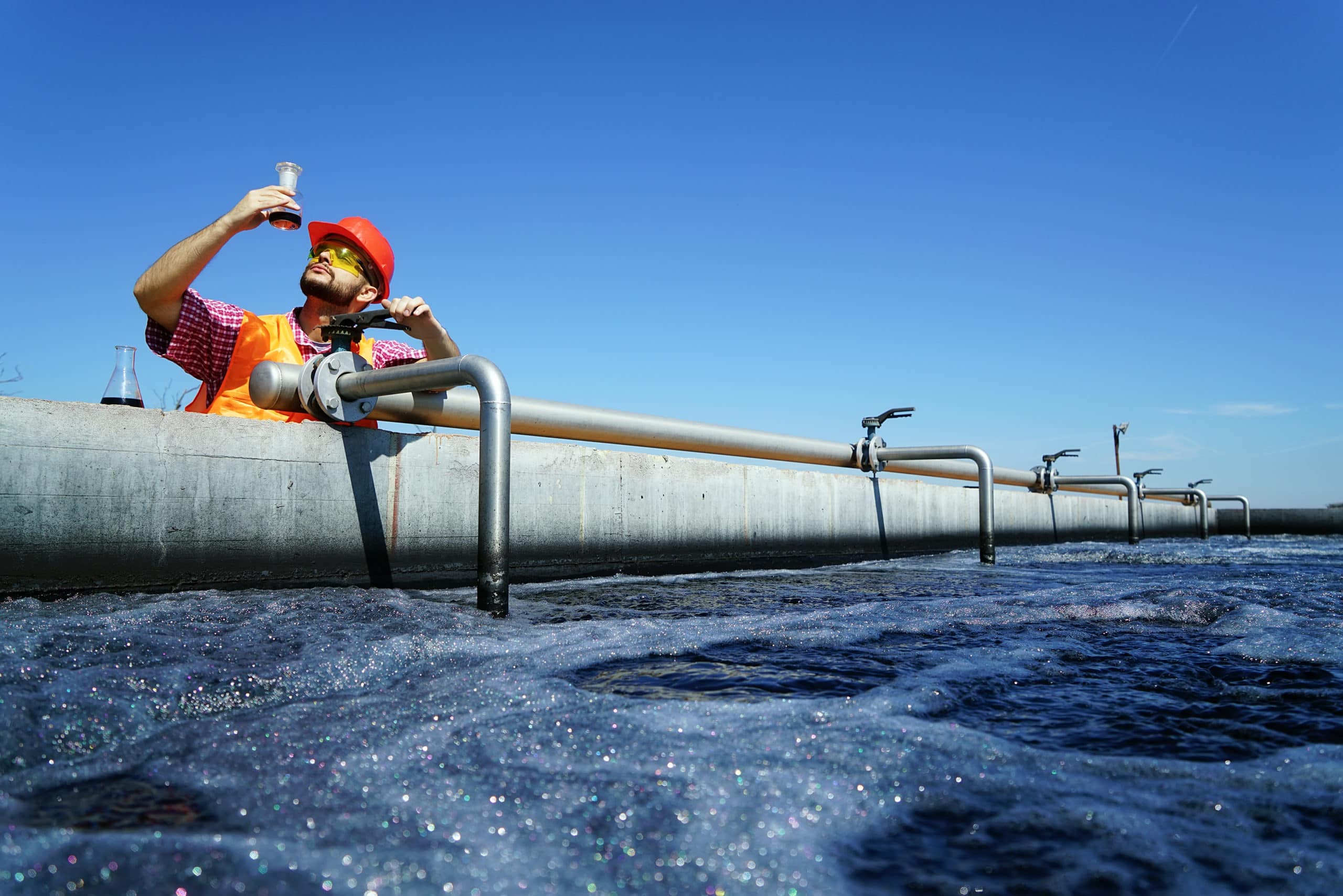Water treatment requires both defoamers and antifoams to prevent foaming and air entrapment that commonly occurs in these applications. Without these additives, the treatment process may slow down significantly or cease entirely if water is unable to travel through filtration systems. Subsequently, without the right products to mitigate foam buildup, facilities could suffer from a lack of productivity and costly downtime.
To avoid potential issues and maintain efficient water treatment processes, there are several types of antifoams and defoamers available. This blog post will review the reasons for using these products and some of the factors to consider when selecting them for a water treatment application.
Water Treatment Antifoam and Defoamer Applications
Apart from excessive foam, waterborne and airborne foam can culminate in public relations issues. Foam that’s not properly contained may also present certain hazards, such as visual obstruction, slippery flooring, or the unmitigated and unwanted transport of chemicals or microorganisms.
To help prevent these problems, defoamers and antifoams are often incorporated into processes to control foam. While antifoam products prevent the formation of foam, defoamers are used to control existing foam as it develops. Some application points where defoamers are applied include:
- Water Equalization Tanks
- Aeration Basins
- Sludge Digesters
- Clarifiers
- Secondary Treatment Systems
- Final Effluent Processing Systems
- Membrane Systems
- Landfill Leachate Systems
- Boiler Water Treatment Systems
- Manure Pits
- Cooling Towers
Considerations for Choosing a Water Treatment Defoamer
When selecting the appropriate defoamer or antifoam for a specific water treatment process, it’s necessary to determine the ideal chemistry for the application. It’s also important to assess the antifoam’s compatibility with any filtration membranes and microorganisms.
Depending on the needs of a given application, there are multiple types of water treatment antifoams and defoamers available. Some of the most popular solutions include:
- Water-based silicone antifoams
- Water-based silicone-free defoamers
- Oil-based non-silicone defoamers
- Non-aqueous synthetic defoamers
- Powdered or solid defoamers
Regardless of an application’s specific foaming challenge, there’s likely a viable chemical solution available.
Water Treatment Defoamers from Applied Material Solutions
Here at Applied Material Solutions, we provide our customers with a range of defoamers and antifoams that are compatible and effective within many types of water treatment applications. Through the use of our products, users avoid excess foam buildup and the myriad issues that come with it.
Our team specializes in the development and manufacture of numerous types of defoamers and antifoams for a variety of water treatment applications. Our experts can assist you with identifying a defoamer or antifoam that meets your specific requirements. When our customers turn to Applied Material Solutions, they benefit from working with a partner that gives them optimal and economical results.
Get the Defoamer or Antifoam Solution You Need
If you’re in need of defoamer or antifoam products for your water treatment processes, Applied Material Solutions is here to help you select the right additive that will enable you to retain full control over foam levels. For help with locating the right defoamer or antifoam for your water treatment application, please contact us today. Our professionals are ready to assist with product selection and can match your application with the appropriate chemistry.




Comments are closed